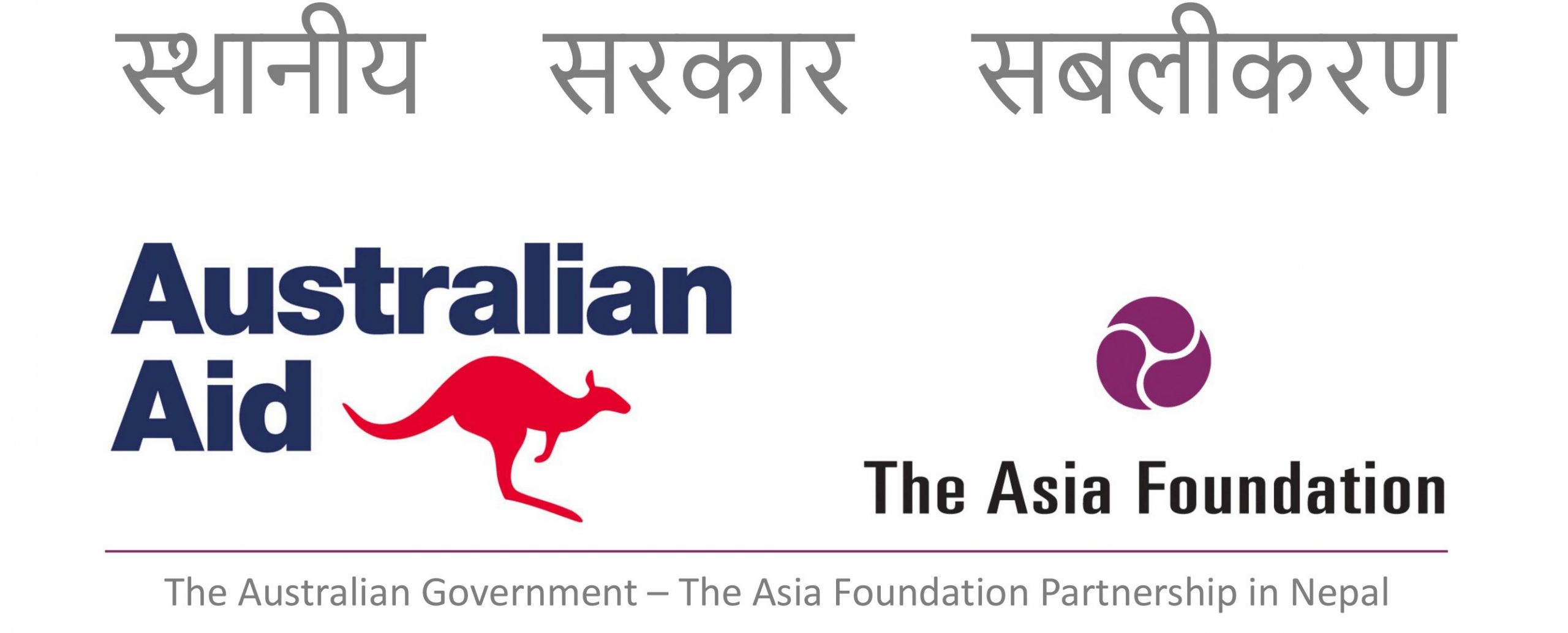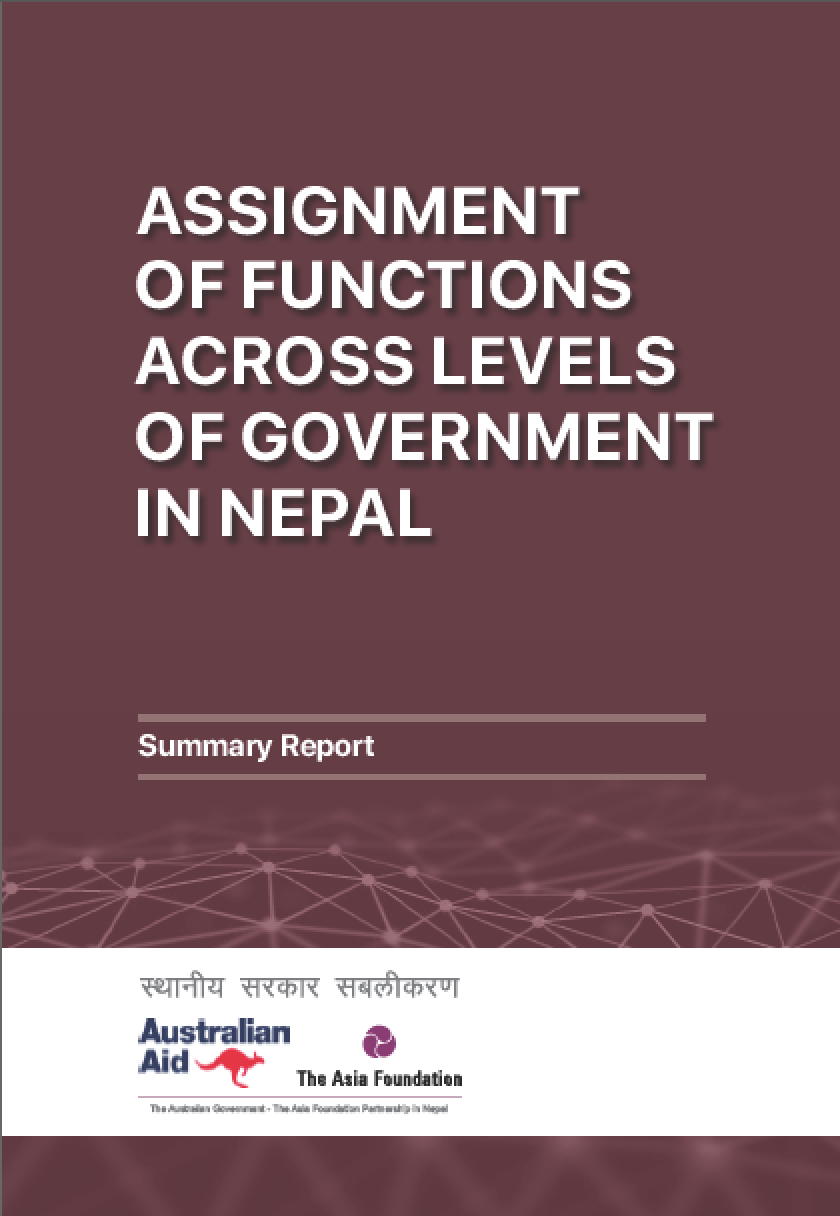Assignment of Functions Across Levels of Government in Nepal
The Constitution of Nepal (2015) has provisioned distribution of power and responsibilities between and among the federal, provincial, and local governments through the provision of exclusive and concurrent powers. Since the promulgation of the Constitution, the country has made significant progress towards managing the transition from a centralized/unitary structure to a federal setup. However, among others, overlap and contradictions on the assignment of functions across levels of government still exist – they are yet to reach a common understanding regarding the distribution of exclusive and concurrent competencies. While the federal parliament has not finished reforming the prevailing laws as per the spirit and provisions of the Federal Constitution, newly enacted federal laws consists contradictions and unclear allocation of roles and responsibilities across levels.
This report – based on field studies of selected provincial and local governments reflecting Nepal’s geographical diversity in Province No. 2, Bagmati, and Karnali Provinces – attempts to understand the major contradictions and overlaps on the division of jurisdiction and responsibility among spheres of government, mainly at the level of policies, institutions, and processes. The key sectors covered are revenue, education, health, agriculture and livestock, and physical infrastructure development.
Following are the three key findings of the report:
- Despite the provision of exclusive and concurrent powers mandated to local government, there exists unclarity of roles and responsibilities in various sectors. The enactment of new federal laws also lack clarity on the specific obligations of the governments.
- There is a trend in re-centralizing some of the offices which were supposed to be devolved to provincial and local governments, as new federal or provincial laws have created an obligation for the respective level to execute some of these functions. For example, provincial governments have started to create their own divisional offices in place of erstwhile district level offices, including in agriculture, health, cooperatives, cottage and small industry, social development, etc.
- Federal and provincial governments are planning and budgeting small programs and projects in different sectors parallel to the local governments, that should be managed by local governments.
More Publication
Women in Leadership: Achieving an Equal Future in a COVID-19 World
Women in Leadership Infographics
Short Bios of Dalit Women Representatives
Posted on September 3, 2020

